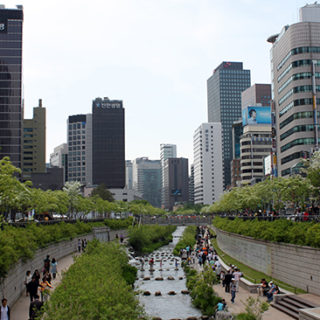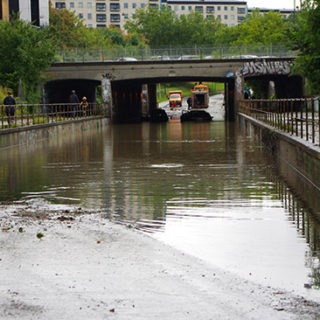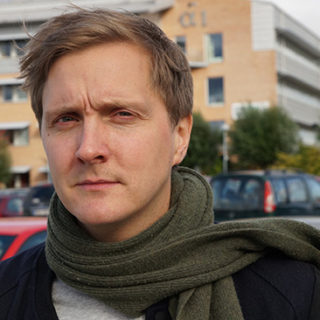Voices on Naturvation
Lund University is a partner in Naturvation, an European project about nature-based solutions in cities. Here are the voices of three of the participants.
Kes McCormick, The International Institute for Industrial Environmental Economics, IIIEE:
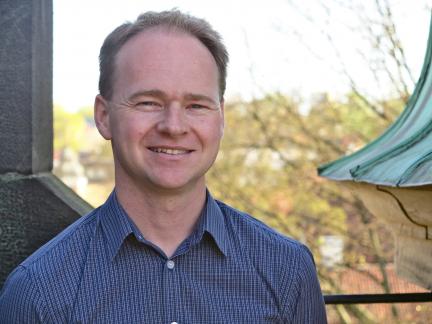
What is Lund University’s role in this project and who is involved?
“Several researchers from Lund University will be involved in the comparative analysis of case studies. This will include 54 solutions from 18 cities internationally (including Barcelona, Győr, Leipzig, Malmö, Newcastle, Utrecht), focusing on very different places. By looking at how cities arrive at these solutions and conducting research on the processes and various actors involved in realising solutions, the project will clarify the paths of innovation as well as the innovations themselves.”
How does the project plan to analyse nature-based solutions and gauge their success?
“First, a database will be created, by looking at characteristics of cities and gathering data on specific solutions. Then more subjectively, benefits and co-benefits outside of the scientific sphere will be analysed (since social and environmental benefits can be difficult to measure). So an initial hard scientific analysis, then a more robust social and environmental analysis to follow.”
What methods will be used to disseminate the successful nature based solutions?
“The IIIEE will be creating a new massive open online course (MOOC) that will be used to educate regarding the findings of the project after it is completed. A webpage and online database will further provide cities and other interested groups or individuals with the results of the project. Good communication and potential translation into multiple languages will also be tools that the project employs to spread information and disseminate successful ideas.”
Will there be an event once the project is completed?
“City exhibitions will be carried out throughout the timeline of the project to further improve engagement through events, collaboration, educating and supporting cities, and connecting important actors from various sectors.”
Any concluding remarks?
“As an example of Nature-based solutions, the New York City Highline shows how a small community group can be very influential. It suggests that perspectives of different actors can be very valuable and important for unique and successful ideas. It is difficult for actors to see a relation of nature-based solutions to their specific roles. The Augustenborg “eko-staden” and the Scandinavian Green Roof Institute in Malmö can also both be considered successes. But looking at how and why these were successful is key, along with who was involved in the decision-making processes and why they have not spread to other cities.”
Helena Hanson, Centre for Environmental and Climate Research, CEC:
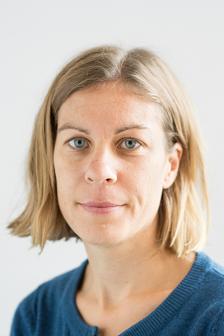
As a researcher at the CEC interested in sustainable urban design, what is your role in Naturvation?
“I will be involved in the project that will map and assess nature-based solutions and also develop tools in collaboration with the cities of Malmö and Utrecht. The tools to develop and assess nature-based solutions will then be applied to the other partner cities. First, it is important to determine what kind of tools are needed for mapping and assessing nature based solutions. It is important to also separate concepts of ecosystem services (which generally link to support, regulate, cultural, resource production) and nature-based solutions, which address specific problems.”
Why are nature-based solutions important?
“I think that nature-based solutions can be more tangible to work with compared to ecosystem services because they focus on clear problems and goals. After one year working with Malmö Stad on integration of ecosystem services in municipal planning, I saw how impactful they can be but they are difficult to understand without some biology or ecology background. Nature-based solutions can also be very impactful, while allowing collaboration of diverse actors.”
What are some of the challenges the project aims to address?
“Dense parts of cities can have difficulty implementing green infrastructure, so it is key to work with available space. Utilisation of roofs, facades, brownfield land, “pocket parks”, and vacant plots are seen as examples of this. Turning brownfield space into green areas is not always financially feasible. Therefore finding ways to stop urban sprawl while also increasing green space is key. Accessing or gathering data can also be a challenge, but strong collaboration with diverse stakeholders and funding to pay those involved will help to address that.”
From past experience, what are some lessons to keep in mind during the project?
“How we use green spaces is very important. There can be conflicting goals for green space, but ideally green areas should be multi-functional and solve social, environmental, economic, and ecological problems. For example, Malmö is aiming to create sloped green space that can manage stormwater, but the space should also serve other purposes beyond risk management. Unpredicted outcomes should also be considered. For example with changing temperatures due to climate change, retention ponds could end up being suitable habitats for insects with vector-born diseases. We must also compare nature-based solutions to gray solutions, such as wastewater management facilities. By examining the social and economic aspects of comparable “green” and “gray” solutions, the respective costs and benefits could be used in the decision-making processes of cities.”
What aspects of the project are you excited for?
“Working with municipalities and other organisations involved in urban development is exciting, especially while spreading research and knowledge through collaboration and interaction. Linking academia and the real world (municipalities, companies, organisations, etc) is very important as well. Working with stakeholders to test nature-based solutions and increasing cooperation between previously disconnected actors will be a fun challenge.”
Christine Wamsler, Lund University Centre for Sustainability Studies, LUCSUS
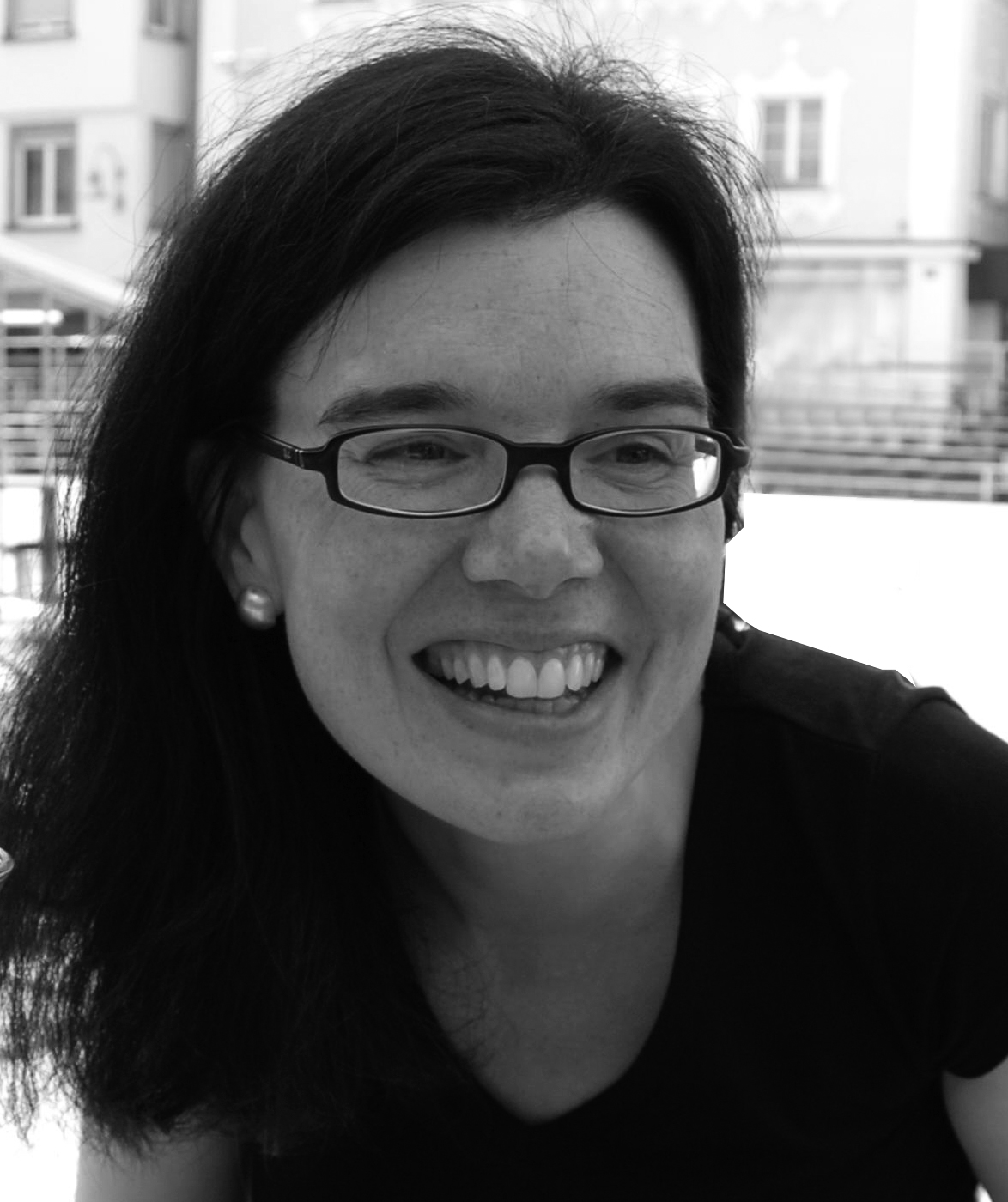
What is your role in the Naturvation project?
– I will work with other LUCSUS staff in close cooperation with the IIIEE, CEC and other project stakeholders on the project. LUCSUS and IIIEE will together carry out in-depth city case studies to identify existing patterns of nature-based solutions regarding their governance modes, financing modes, and civic engagement, and we will support the mapping of nature-based solutions and their key characteristics in 100 European cities. On this basis we will cooperate in the development of related policy briefs, handbooks and guidelines, community events, exhibitions and a Massive Open Online Course. We will also have a joint post-doc researcher who will work together with us on these activities.
What are some of the challenges the project aims to address?
– Nature-based solutions are seen to hold significant promise to enable urban transformation to sustainability. They have potential to provide multiple benefits across the range of sustainability challenges facing cities, including increasing floods and heat stress, ill-health, biodiversity loss and social injustice. However, despite their significant potential, the use of nature-based solutions remains marginal, fragmented, and highly uneven within and between cities.
What aspects of the project are you most excited for?
– It is exciting to be part of a unique transdisciplinary partnership between many different research institutions, six partner cities (including Malmö), business and civil society organisations, in order to bring together the expertise needed to support nature-based solutions. This is crucial since current expertise is dispersed between different disciplines and sectors and is rarely brought into dialogue. Every single stakeholder in the project is thus a crucial part of the whole.
You have worked with issues concerning climate adaptation in municipalities etc. for a long time now. From past experience, what are some of the lessons to keep in mind to make this project successful, do you think?
– Transdisciplinary research and participatory processes are necessary for the effectiveness of science and for driving long-term change. However, they require an explicit awareness and consideration of related challenges. My previous work with other colleagues at LUCSUS and beyond[1] has shown that it is crucial to formulate and strengthen concrete, interim benefits for all participating practitioners and organisations, and to create mechanisms and structures that help build interpersonal trust and to plan for flexibility. Listening to those involved and acknowledging previous efforts, existing structures and mechanisms is key.
– Another crucial aspect relates to my previous work on mainstreaming[2]. There are diverse entry points for promoting nature-based solutions, including environmental planning, climate change mitigation and climate change adaptation, which are all cross-cutting issues. Previous work, practices and theories on mainstreaming, including the critical conditions that render mainstreaming effective, are thus important to be considered in the project.
Any concluding remarks?
– The greatest solution of all is to live and work in mindful partnership with nature, yourself and your community[3]. I hope that the NATURVATION project can contribute to this.
Text: Jack Fraser
[1] E.g. http://www.lucsus.lu.se/research/urban-governance/urban-transformation & http://www.lucsus.lu.se/research/urban-governance/urban-ecosystem-based-adaptation-to-climate-change
[2] E.g., Wamsler, C., Pauleit, S. (2016) ‘Making Headway in Climate Policy Mainstreaming and Eosystem-Based Adaptation: Two Pioneering Countries, different Pathways, one Goal’. Climatic Change 137(1):71-87.
[3] Wamsler C., Brossmann J., Hendersson H., Kristjansdottir R., McDonald C., Scarampi P. (2017) Mindfulness in sustainability science, practice and teaching. Sustainability Science. Forthcoming.


